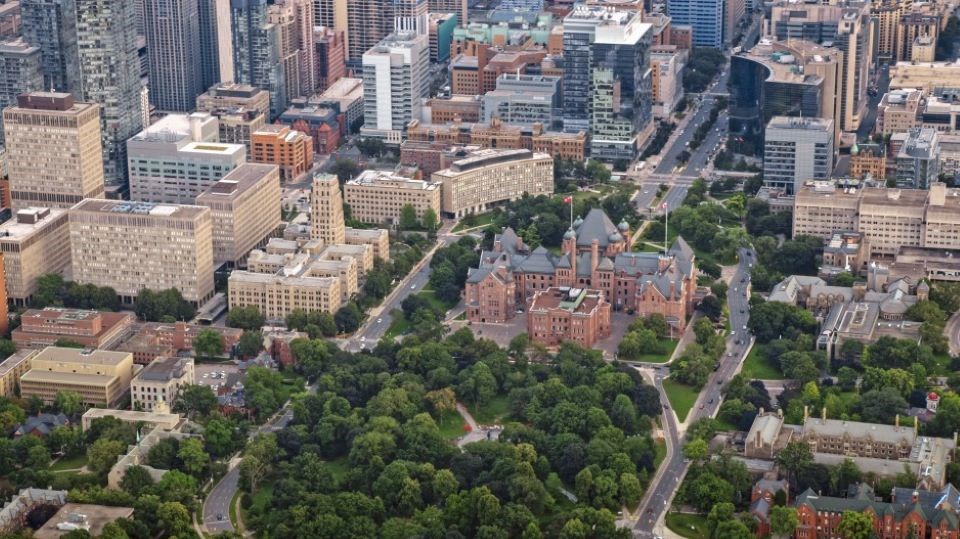Earlier this month, a issued by Ontario’s chief electoral officer Greg Essensa recommended disallowing the publication of “public opinion polling results stating political party favourability ratings” in the final two weeks before a provincial ballot takes place.
The rationale is that these polls “have the potential to influence election results by either motivating or demotivating electors.”
Some social media users misinterpreted the recommendation and assumed that it called for a ban on all public opinion research. What Essensa is referring to is the publication of surveys that discuss voting intention. Polls would still be conducted, but their dissemination would be outlawed.
There are many problems with this suggestion, as a publication ban would lead to chaos in various forms. It would not stop political parties from leaking their own results – truthful or not, accurate or not, scientific or not – to members of the media. A provincial prohibition would also raise questions of jurisdictional reach. A blogger in New Brunswick, for instance, may feel secure enough to publish polling results from Ontario.
There have already been cases where the results of voting intention surveys conducted in countries that have stringent publication bans in the final days of a campaign – such as Spain and Peru – have been released through foreign media outlets. This makes a mockery of the supposed fairness that a publication ban is supposed to achieve. A publication in Andorra can show the results of a voting intention survey in Spain without any reprisal.
The polling landscape has changed in Ontario since the first election I had the opportunity to cover in 2007. There are more firms active in Canada’s most populous province, and more websites devoted to analyzing the data they produce to come up with calculations such as seat counts. There would be an immense informational gap for voters if there are no numbers, or just hearsay, in 2026.
The 2017 provincial election in British Columbia, which I covered for a now-defunct public opinion firm, provides an example of what reliance on inexistent or cloudy data can provoke. on social media claimed to be inner-circle organizers, always armed with a forecast that fit their wishes. One of the province’s revealed that he was the target of overzealous platitudes that were never accompanied by survey results. A ban on the publication of voting intention surveys would exacerbate this disingenuous activity.
The report issued by Ontario’s chief electoral officer attempts to blame the disillusionment of voters on the release of 26 voting intention surveys in the final two weeks of the 2022 campaign that consistently suggested a victory for the governing party. The document states: “Many lost interest in the election due to early reports of one-sided results.” The problem with this statement is that we know not “how many” or “how early.” The accompanying data is not included in the report, yet it serves as the basis for a heavy-handed call for legislative action.
It is remarkably easy to debunk the hypothesis of people staying at home because pollsters gauged the electorate. Voter turnout in Ontario fell from 56.7 per cent in 2018 to 45.5 per cent in 2022. In Quebec, which holds its provincial elections on the same year as Ontario, voter turnout was practically the same in 2018 (66.5 per cent) and 2022 (66.1 per cent). Last year’s campaign in Quebec featured the publication of 19 voting intention surveys in the final two weeks, all of which – as was the case in Ontario – suggested that the governing party would secure the largest share of total votes cast.
In short, we have two elections in two Canadian provinces with two seemingly invincible incumbent governments. We could assume that the level of voter participation would also be similar, but Quebec is more than 20 percentage points ahead of Ontario. The discrepancy is not caused by exposure to surveys that place a particular party in the lead.
In this age of immediate communications, properly conducted public opinion should continue to be public. If no voting intention surveys are released in the final stages of a campaign, Ontarians would be limited to “private opinion,” funded by parties and disseminated by insiders with a vested interest in the election’s outcome. This scenario would indubitably make Elections Ontario’s mandate – “engage with electors early and often to increase their awareness and knowledge of when, where, and how to vote” – more difficult to meet.
Mario Canseco is president of Research Co. Starting in 2007, his work as an electoral forecaster in four different companies has resulted in 125 correct predictions of democratic processes in Canada and the United States, including five Canadian federal elections, 22 Canadian provincial elections and three U.S. presidential elections.


